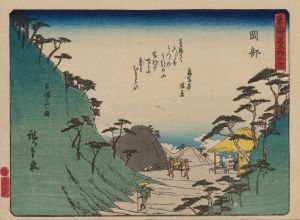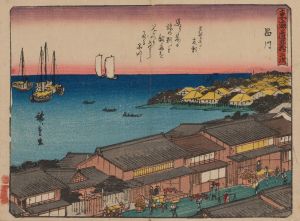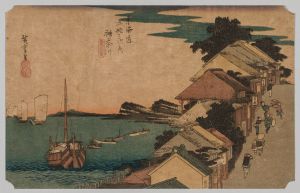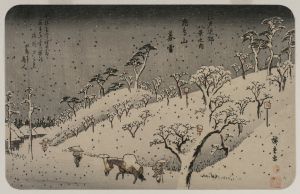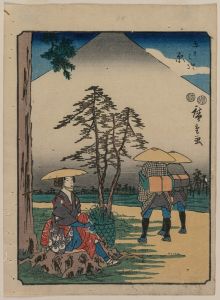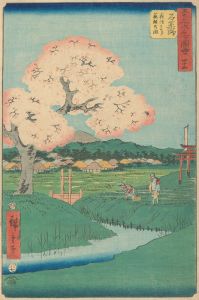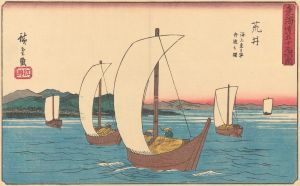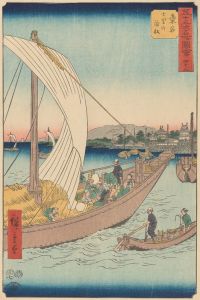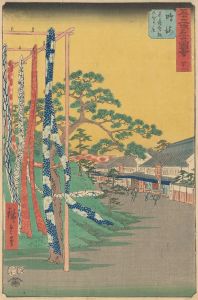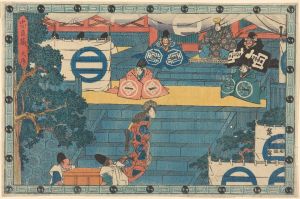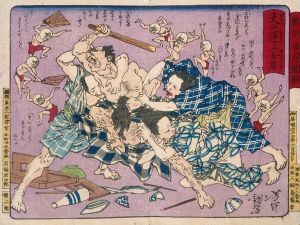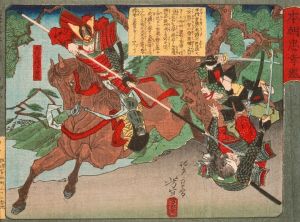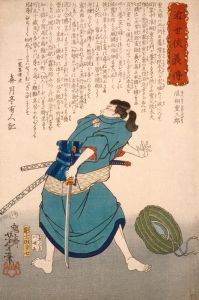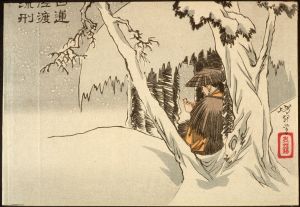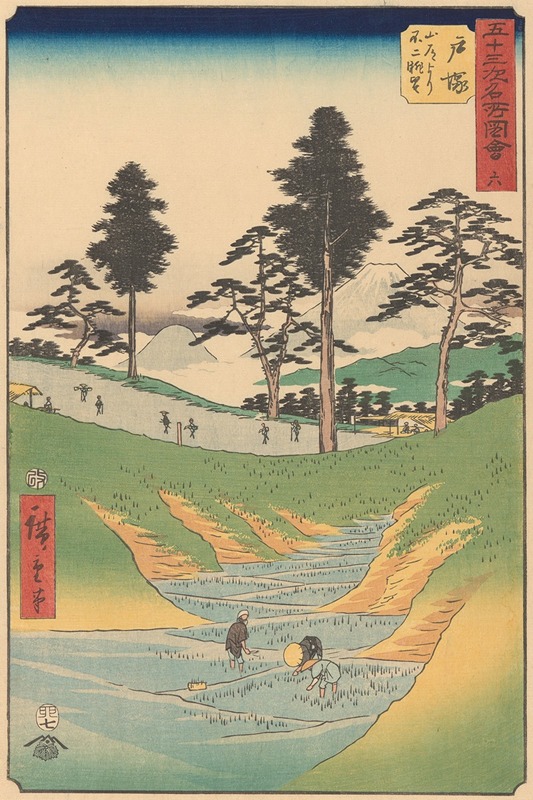
Totsuka
A hand-painted replica of Andō Hiroshige’s masterpiece Totsuka, meticulously crafted by professional artists to capture the true essence of the original. Each piece is created with museum-quality canvas and rare mineral pigments, carefully painted by experienced artists with delicate brushstrokes and rich, layered colors to perfectly recreate the texture of the original artwork. Unlike machine-printed reproductions, this hand-painted version brings the painting to life, infused with the artist’s emotions and skill in every stroke. Whether for personal collection or home decoration, it instantly elevates the artistic atmosphere of any space.
Andō Hiroshige, a renowned Japanese ukiyo-e artist of the Edo period, is celebrated for his landscape prints and depictions of everyday life. One of his notable works is "Totsuka," which is part of the series "The Fifty-three Stations of the Tōkaidō" (Tōkaidō Gojūsan-tsugi no Uchi). This series, created in the early 1830s, is among Hiroshige's most famous and influential works, capturing the scenic beauty and cultural significance of the Tōkaidō road, the main travel and transport artery of Japan during the Edo period.
The Tōkaidō road connected Edo (modern-day Tokyo) with Kyoto, and it was dotted with 53 official post stations, or "shukuba," where travelers could rest and resupply. Hiroshige's series illustrates each of these stations, offering a glimpse into the landscapes, people, and activities of the time. "Totsuka" is one of these stations, and Hiroshige's depiction provides insight into the life and environment of this particular location.
In Hiroshige's "Totsuka," the viewer is presented with a scene that captures the essence of travel and the rural landscape. The composition typically includes travelers on the road, often depicted in traditional attire, engaging in various activities such as walking, riding horses, or carrying goods. The background often features natural elements like hills, rivers, or trees, which are rendered with Hiroshige's characteristic attention to detail and use of vibrant colors.
Hiroshige's work is known for its use of perspective and composition, which were innovative for the time. His ability to convey depth and movement within the confines of a flat print was highly regarded and influenced many artists both in Japan and abroad. The "Totsuka" print, like others in the series, exemplifies these qualities, with a dynamic arrangement of figures and landscape elements that guide the viewer's eye through the scene.
The "Fifty-three Stations of the Tōkaidō" series was not only a commercial success in its time but also played a significant role in shaping the Western perception of Japanese art. Hiroshige's prints were among those that inspired the Impressionist and Post-Impressionist movements in Europe, with artists such as Vincent van Gogh and Claude Monet drawing inspiration from his work.
Hiroshige's depiction of "Totsuka" and the other stations along the Tōkaidō road provides a valuable historical record of the Edo period's travel culture and landscape. His work continues to be celebrated for its artistic merit and its contribution to the understanding of Japanese cultural and historical contexts.
Overall, "Totsuka" by Andō Hiroshige is a testament to the artist's skill in capturing the beauty and essence of Japan's landscapes and the daily life of its people during the Edo period. Through his masterful use of color, composition, and perspective, Hiroshige created a series that remains influential and admired to this day.





